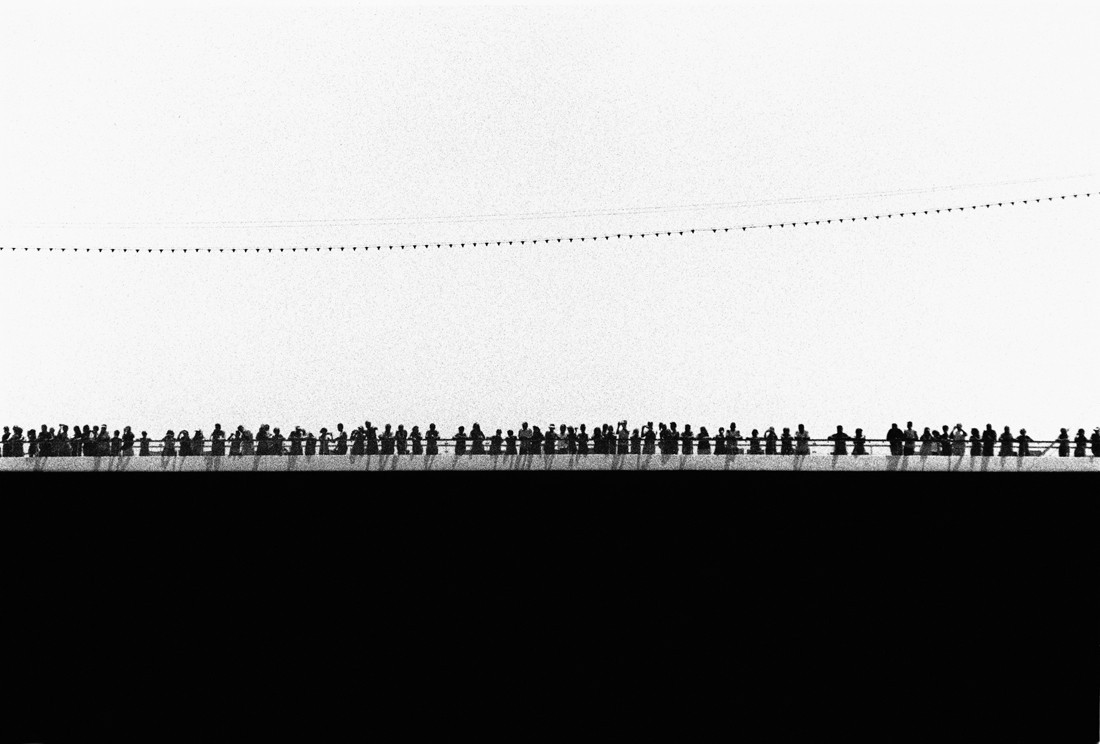
Renato d’Agostin: In Photography, I Am Looking for Infinity
Renato d’Agostin is Italian by birth and citizen of the world by calling. He is famous as a street photographer, although he doesn’t consider himself one. In his black-and-white grainy photographs he pays close attention to details, and it helps him to erase boundaries between cities, which are completely different at first sight. Bird in Flight talked to Renato about his photography technique and how to become a good photographer.
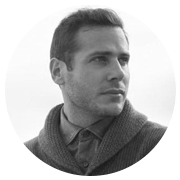
My interest in photography began at the age of 17. I embraced every input that life was giving me about photography and turned them into a greater and greater interest until it became a pure passion. Years later, when thinking about it, I realized that I had been interested in ‘looking through a lens’ at an early age, when at my father’s house I would get curious about some monoculars he had in a closet, and I would enjoy seeing things closer than what the naked eye could.
Being an assistant to Ralph Gibson was a great opportunity that I feel grateful for. He is a living legend of the medium, I truly admire his work and having the chance to be close to such a world of photography was a constant stimulation and inspiration. Not only for photography itself, but for life.
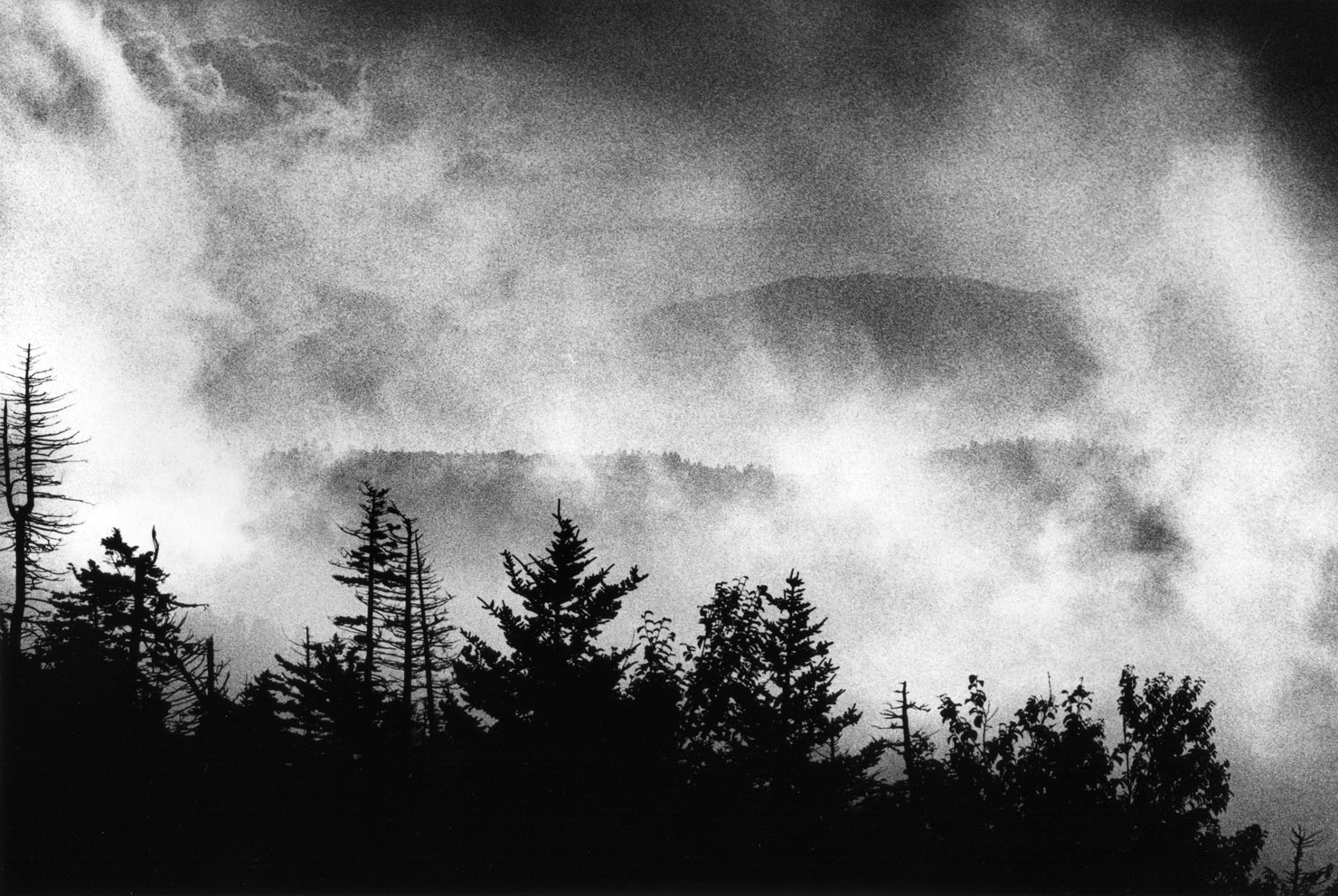
From 7439 series.
{“img”:”/wp-content/uploads/2015/10/Dagostin_01.jpg”, “text”:”From 7439 series.”},
{“img”:”/wp-content/uploads/2015/10/Dagostin_02.jpg”, “text”:”From 7439 series.”},
{“img”:”/wp-content/uploads/2015/10/Dagostin_03.jpg”, “text”:”From 7439 series.”},
{“img”:”/wp-content/uploads/2015/10/Dagostin_07.jpg”, “text”:”From 7439 series.”},
{“img”:”/wp-content/uploads/2015/10/Dagostin_08.jpg”, “text”:”From 7439 series.”}
I didn’t choose one way shooting or the other. The way I see the world outside of me through a camera is the only way I can photograph. My way is the most natural connection between me and the rest. This is how I see, how I perceive reality and translate it into my language.
In particular, the way when I photograph in cities, I tend to like going from larger views to smaller details, creating a sort of continuous wave for the observer’s eye flipping through the pages of one of my books. Details are what the larger scene is made of, and I like to go in and out from that.
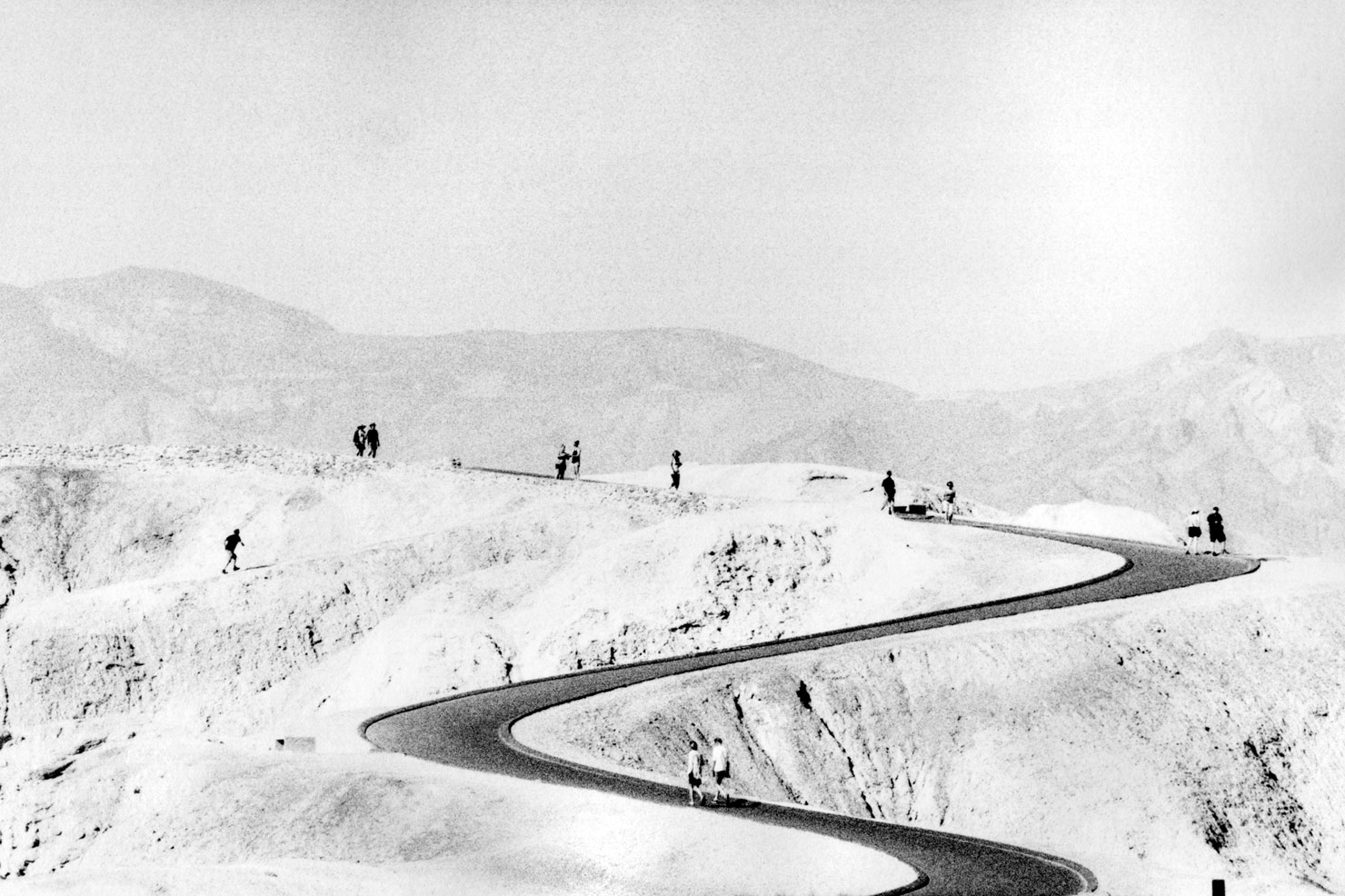
From 7439 series.
I choose subjects for my projects for different reasons. I went to Tokyo for the first time in 2007, because I got interested in Japanese photo books and photography, and wanted to see what my eye, which grew up in Italy and then remained in the western world, could do.
The Venice project was born right after, maybe as a response to that difference, and in search for familiarity.
{“img”:”/wp-content/uploads/2015/10/Dagostin_30.jpg”, “text”:”From Tokyo Untitled series.”},
{“img”:”/wp-content/uploads/2015/10/Dagostin_31.jpg”, “text”:”From Tokyo Untitled series.”},
{“img”:”/wp-content/uploads/2015/10/Dagostin_32.jpg”, “text”:”From Tokyo Untitled series.”},
{“img”:”/wp-content/uploads/2015/10/Dagostin_33.jpg”, “text”:”From Tokyo Untitled series.”}
My favorite city is Venice, Italy. The one I can keep photographing in, maybe Tokyo, and recently Los Angeles. The scale of these cities offer infinite possibilities and complex layers of psychology.
The project I feel closer to right now is the Los Angeles one, and my favorite photograph is one from this series. This image summarizes what I’m looking for in photography: infinity.
{“img”:”/wp-content/uploads/2015/10/Dagostin_16.jpg”, “text”:”From Los Angeles series (d’Agostin’s favourite photograph – Ed.)”}
{“img”:”/wp-content/uploads/2015/10/Dagostin_15.jpg”, “text”:”From Los Angeles series.”},
{“img”:”/wp-content/uploads/2015/10/Dagostin_17.jpg”, “text”:”From Los Angeles series.”},
{“img”:”/wp-content/uploads/2015/10/Dagostin_19.jpg”, “text”:”From Los Angeles series.”}
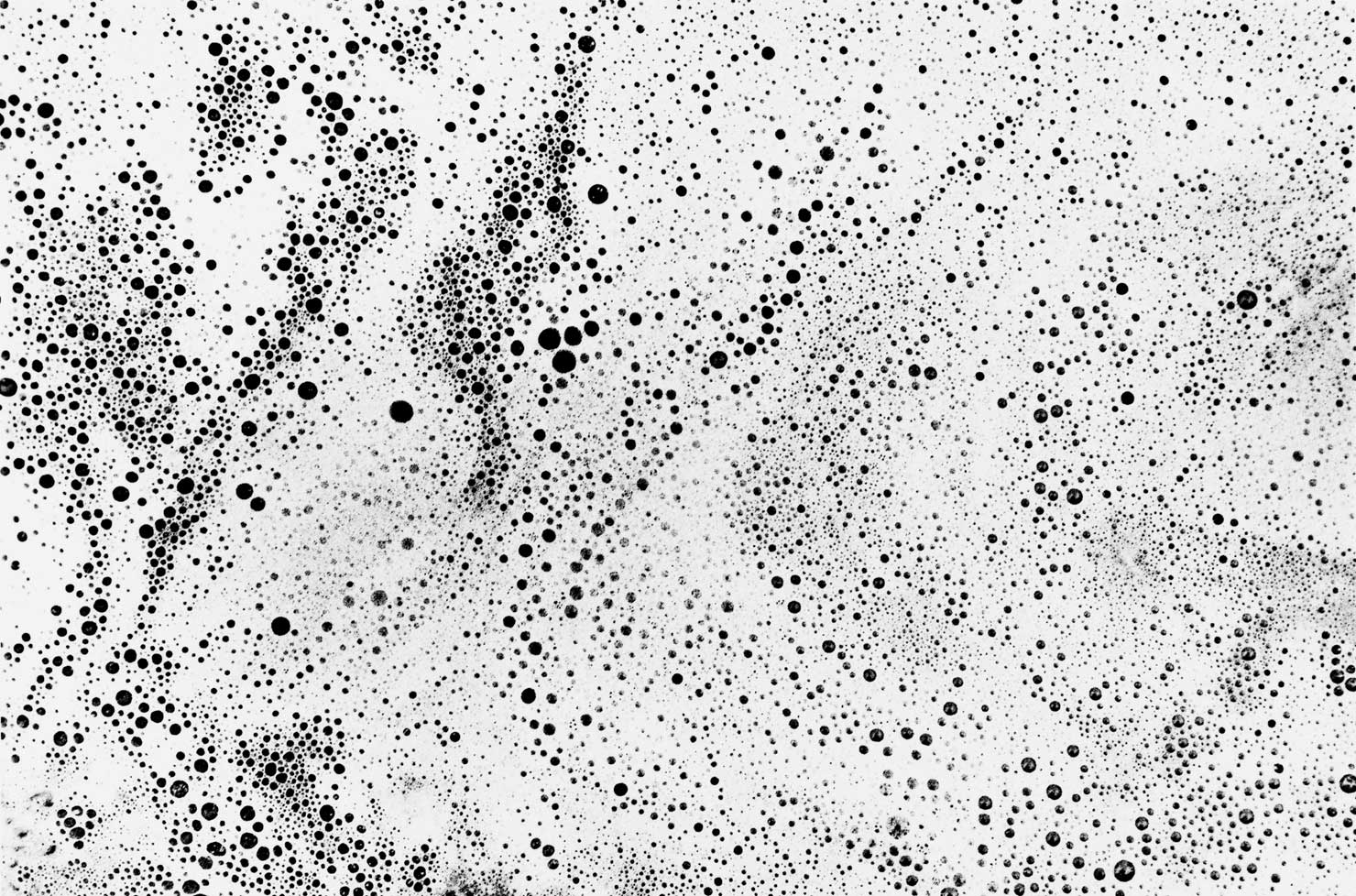
From Tokyo Untitled series.
The book has become more and more important in my photography. All my projects begin with a book in mind and end with a book in my hands. Exhibitions always change depending on factors I am not always responsible for.
The light under which they are turned will always be quite the same. The book preserves the photographer’s idea under every circumstance.
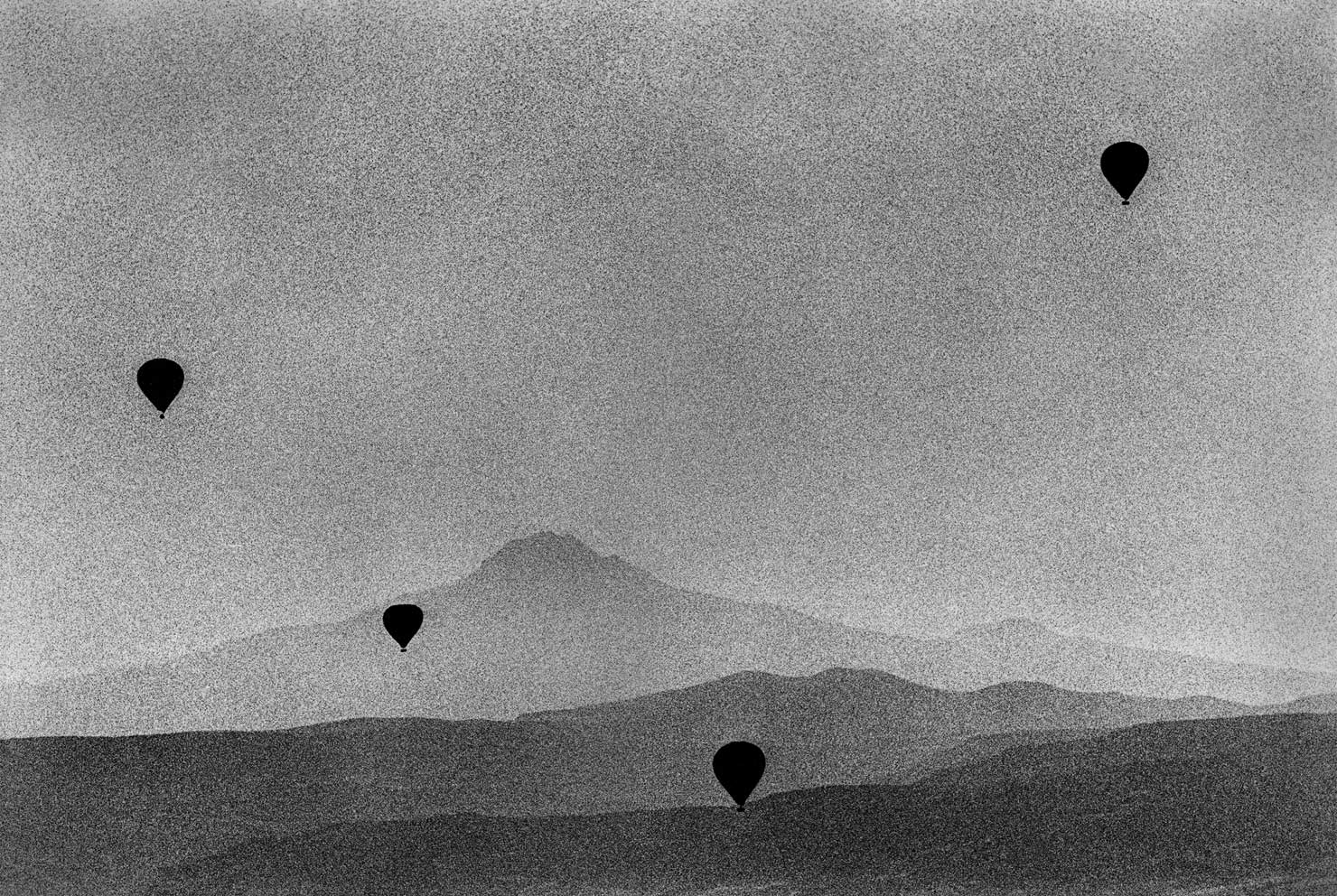
From Kapadokya series.
{“img”:”/wp-content/uploads/2015/10/Dagostin_09.jpg”, “text”:”From Kapadokya series.”},
{“img”:”/wp-content/uploads/2015/10/Dagostin_10.jpg”, “text”:”From Kapadokya series.”},
{“img”:”/wp-content/uploads/2015/10/Dagostin_11.jpg”, “text”:”From Kapadokya series.”},
{“img”:”/wp-content/uploads/2015/10/Dagostin_12.jpg”, “text”:”From Kapadokya series.”},
{“img”:”/wp-content/uploads/2015/10/Dagostin_14.jpg”, “text”:”From Kapadokya series.”}

From 7439 series.
Breathing stops for a moment and you click. You see how everything is merging in front of the camera, how every line is starting to make sense, every movement is becoming an actor on the stage, from the most simple gesture to the most complex dynamic. This is what makes a great shot.
This I hope frees the imagination and leaves a full interpretation for the viewer. Sometimes giving a direction to the observer can help him or her stop looking for something that should maybe be in the photograph, and instead of finding something else.
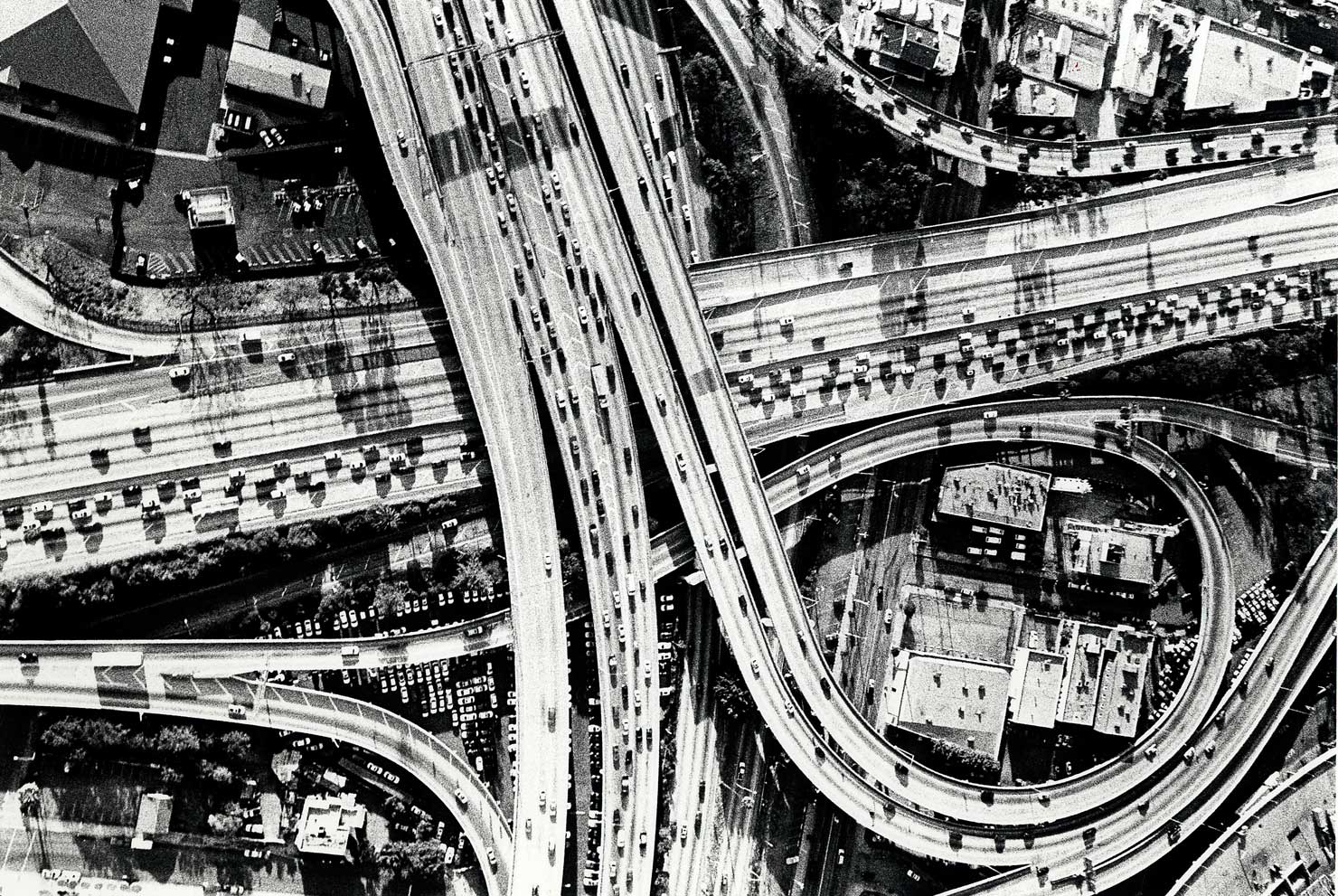
From Los Angeles series.
For as I am, film photography is the only possibility. My nature suggests matter. Film responds to my alphabet more than any other medium. The darkroom is an important element of this equation. There is light on film, and then light on paper. Photography is light. The physicality that this process involves fascinates me and keeps me honestly connected to light. I do respect every form and way of doing photography. My only concern is for how digital photography has taken control of the way people see the world.
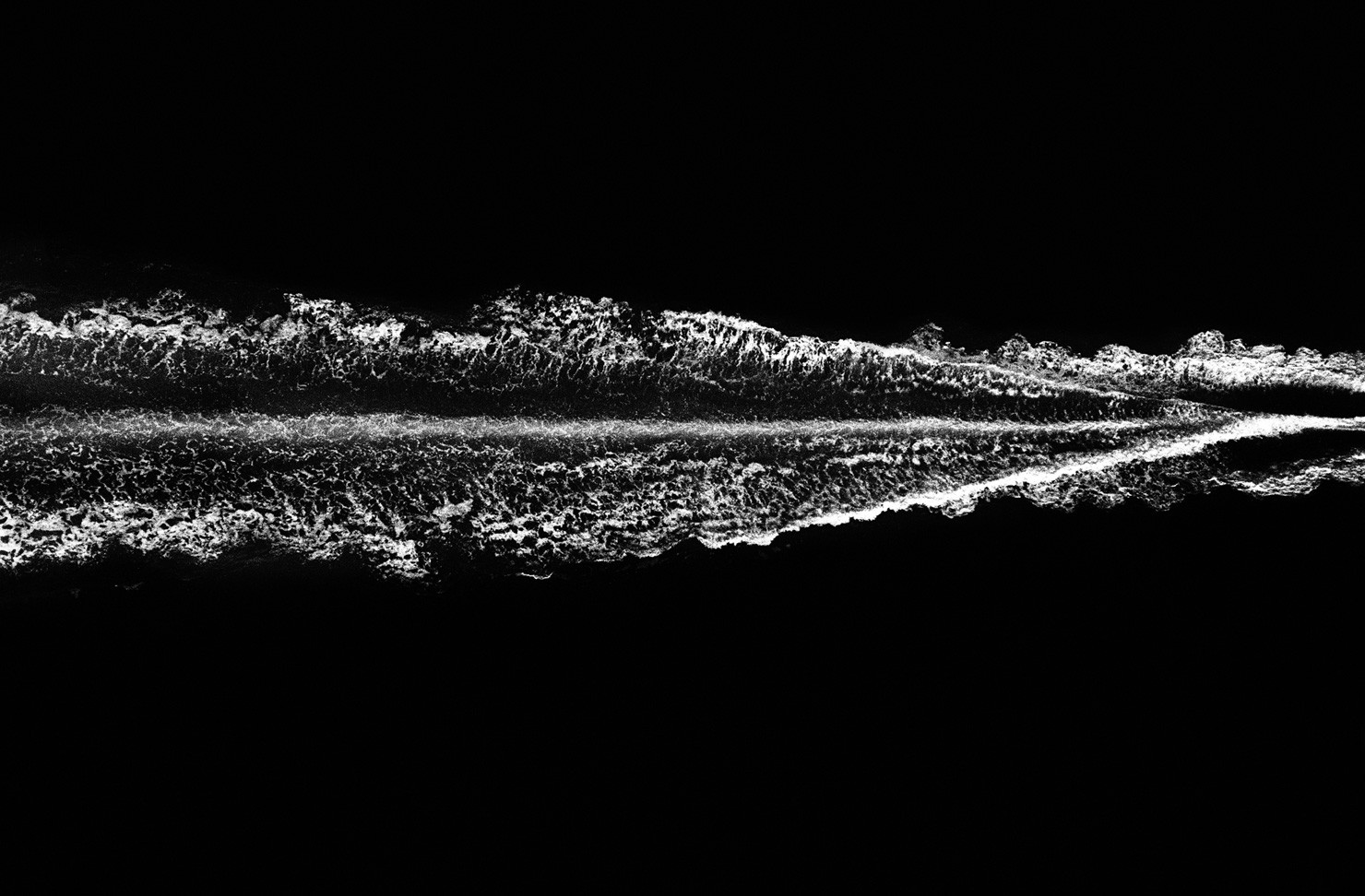
From The Beautiful Cliché series (Venice).
{“img”:”/wp-content/uploads/2015/10/Dagostin_20.jpg”, “text”:”From The Beautiful Cliché series (Venice).”},
{“img”:”/wp-content/uploads/2015/10/Dagostin_21.jpg”, “text”:”From The Beautiful Cliché series (Venice).”},
{“img”:”/wp-content/uploads/2015/10/Dagostin_23.jpg”, “text”:”From The Beautiful Cliché series (Venice).”},
{“img”:”/wp-content/uploads/2015/10/Dagostin_24.jpg”, “text”:”From The Beautiful Cliché series (Venice).”},
{“img”:”/wp-content/uploads/2015/10/Dagostin_25.jpg”, “text”:”From The Beautiful Cliché series (Venice).”},
{“img”:”/wp-content/uploads/2015/10/Dagostin_26.jpg”, “text”:”From The Beautiful Cliché series (Venice).”},
{“img”:”/wp-content/uploads/2015/10/Dagostin_27.jpg”, “text”:”From The Beautiful Cliché series (Venice).”},
{“img”:”/wp-content/uploads/2015/10/Dagostin_28.jpg”, “text”:”From The Beautiful Cliché series (Venice).”}
I have in the past few years explored other subjects than cities, including places where nature is the essence. American landscape is the tradition of American photography. This is what I concentrated on in 7,439 project. I wanted to explore it and see what my eye could do. The choice of doing it on two wheels was immediate. Feeling the weather changing on your skin amplifies the sensation of what surrounds you. The book will be released in the beginning of 2016 and will be a black and white visual journey of the 7,439 miles I rode from New York to San Francisco.
How to become a good photographer? When I’ll become one, I’ll tell you.






